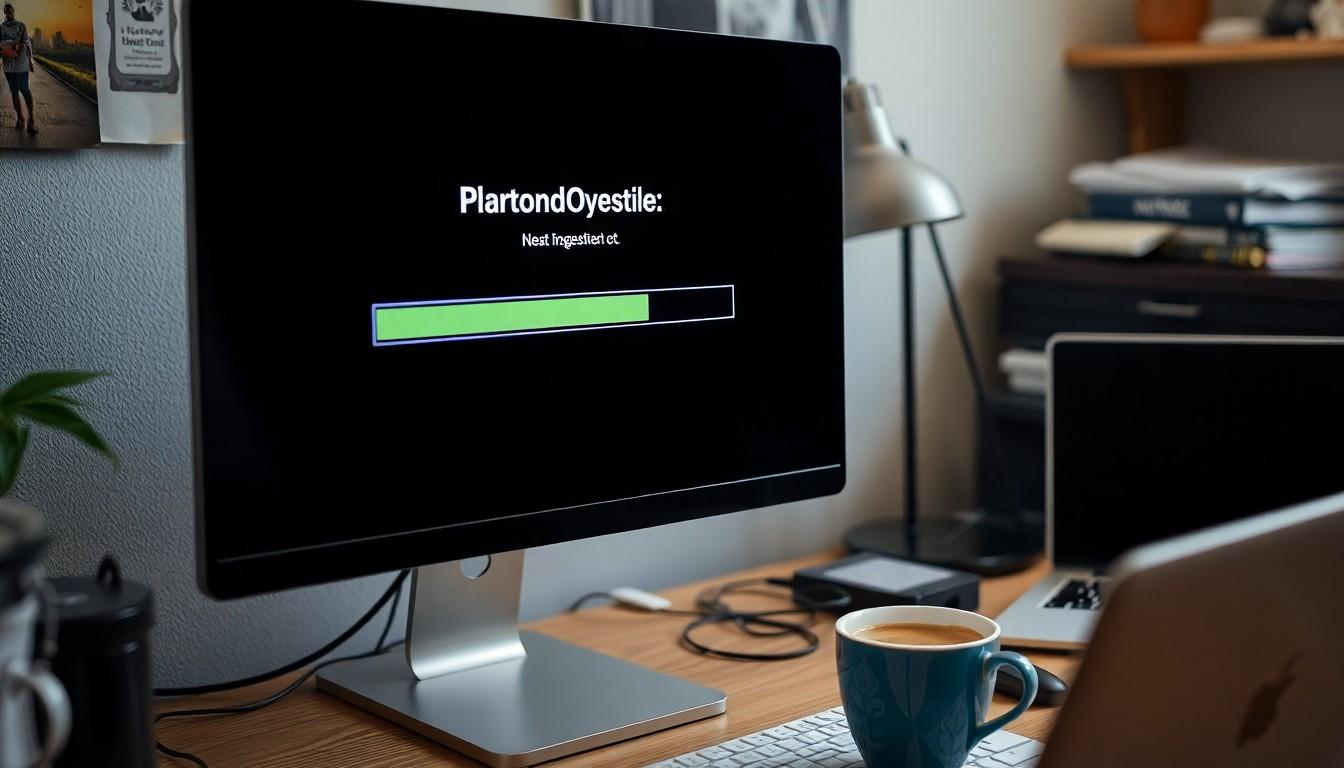
Why Is Uhoebeans Software Update So Slow? Discover the Surprising Reasons
Picture this: you’re eagerly waiting for the latest Uhoebeans software update, only to find yourself staring at a loading screen that feels like it’s stuck in slow motion. Frustrating, right? You’re not alone. Many users have found themselves questioning why these updates seem to take forever, leaving them twiddling their thumbs and contemplating life choices.
In a world where instant gratification reigns supreme, the sluggish pace of Uhoebeans updates can feel like a cruel joke. But fear not! This article dives into the quirky reasons behind this snail-paced process. From server overloads to the complexities of coding, it’s time to uncover the mysteries that keep those updates crawling along. Buckle up for a humorous yet insightful journey into the world of software updates—because who said tech couldn’t be entertaining?
Overview of Uhoebeans Software Updates
Uhoebeans software updates play a crucial role in maintaining optimal performance, security, and user experience. Understanding the importance of these updates sheds light on why they may take longer than expected.
Importance of Regular Updates
Regular updates ensure the software remains secure against vulnerabilities. They include important patches that fix bugs and prevent potential exploitation. Updates also bring new features that enhance functionality and improve user satisfaction. Ignoring these updates can lead to performance issues and outdated software. Users benefit significantly from staying current, as improved performance and security directly impact their experience. Each update is designed to address user feedback and streamline processes, making ongoing updates vital for longevity and reliability.
Expected Update Frequency
Typically, Uhoebeans releases updates every month. Users can expect minor updates to address issues in between major releases. Each update cycle considers user needs, platform enhancements, and critical bug fixes. Although frequency might vary, being aware of the schedule helps users manage their expectations. Delays in updates often arise from thorough testing and quality control measures. This careful approach prevents complications and ensures smooth deployment. Regular communication about timing helps users stay informed and prepared for changes.
Reasons for Slow Software Updates

Slow software updates for Uhoebeans can stem from various factors including server load, hardware limitations, and software complexity. Understanding these reasons sheds light on user frustrations during the update process.
Server Load and Traffic
High server load often impacts the speed of software updates. When a significant number of users access the servers simultaneously, request processing slows down. Such spikes typically occur during major update releases, leading to longer wait times. Resources become strained, causing delays in the update delivery. Efficient server management is crucial to handle multiple requests and mitigate traffic-related slowdowns.
Hardware Limitations
Hardware constraints also play a vital role in update speed. Older machines may lack the necessary processing power and memory to handle large updates efficiently. Many users experience increased lag when their devices struggle to accommodate new data. Upgrading hardware can enhance performance, especially for those relying on outdated systems. Manufacturers recommend ensuring the device meets minimum specifications to promote smoother update experiences.
Software Complexity and Size
Software complexity contributes significantly to slow updates. As Uhoebeans introduces new features and fixes, the size of the updates can increase, complicating the process further. Developers must navigate intricate code bases, making optimization essential. Debugging and thorough testing extend the timeline as quality assurance ensures a seamless user experience. Streamlined updates become challenging due to the constant expansion of software capabilities.
User Experience and Feedback
Users often express frustration with the slow Uhoebeans software updates. Common complaints revolve around long wait times, unexpected delays, and lack of communication from the developers. Many find it challenging to understand why updates take so long, especially when they expect prompt improvements. Limited transparency on the update processes amplifies their dissatisfaction.
Common Complaints from Users
Issues with slow download speeds frequently surface in user feedback. Users report that lengthy installation times hinder their ability to use the software effectively. Additionally, some struggle with inadequate notifications regarding update status. Many find updates occurring at inconvenient times further exacerbates their annoyance. Frequent reports emphasize the need for clearer timelines and more timely communication about scheduled updates.
Impact on Usability
Slow updates directly affect usability and overall satisfaction. Performance lags during the update process disrupt users’ workflow. Many realize that delays can lead to missed opportunities for new features and critical security improvements. User frustration increases when repetitive update notifications interrupt tasks. The inability to access the latest functionalities can compel users to seek alternative solutions, adversely impacting Uhoebeans’ user base.
Possible Solutions and Improvements
To address the sluggish nature of Uhoebeans software updates, several strategies can enhance the update experience for users.
Optimizing Update Processes
Streamlining the update process can significantly reduce wait times. Implementing incremental updates allows smaller patches to be released more frequently, minimizing the load during major releases. Adjusting the testing phase can also expedite updates without compromising quality. Utilizing automation in the deployment can speed up installations, allowing users to access new features and fixes promptly.
Enhancing Server Capacity
Increasing server capacity is essential for efficiently managing high demand during updates. Upgrading hardware and increasing bandwidth can accommodate more simultaneous connections, curbing slowdowns. Load balancing techniques distribute traffic evenly across multiple servers, preventing overload during peak times. Regular maintenance of servers ensures optimal performance, allowing Uhoebeans to handle extensive update traffic seamlessly.
User Education on Update Management
Educating users on update management fosters a better experience. Informing users of optimal times for updates can minimize disruption during busy hours. Providing clear communication regarding the status and expected duration of updates keeps users informed and engaged. Offering resources such as FAQs or guides can empower users to manage their updates effectively.
Conclusion
Uhoebeans software updates may be slow but understanding the reasons behind these delays can ease user frustration. Factors like server overloads and hardware limitations contribute to the sluggish experience. Despite the wait users face the importance of these updates can’t be overstated. They ensure optimal performance security and introduce new features that enhance functionality.
By optimizing processes and improving communication developers can enhance the update experience. Users should stay informed about updates and their significance to maintain a smooth workflow. Embracing these strategies can lead to a more satisfying interaction with Uhoebeans software and ultimately strengthen user loyalty.

